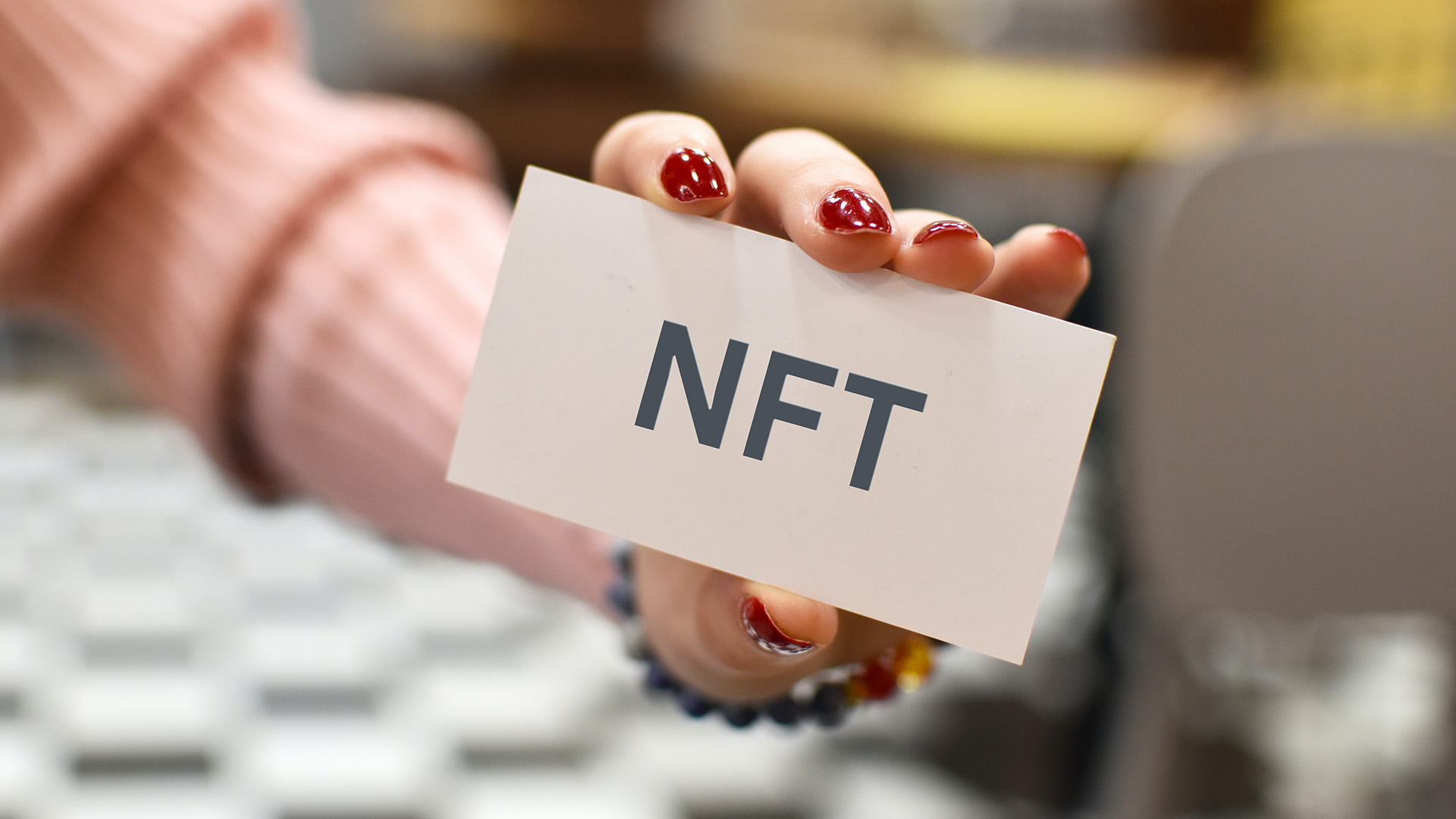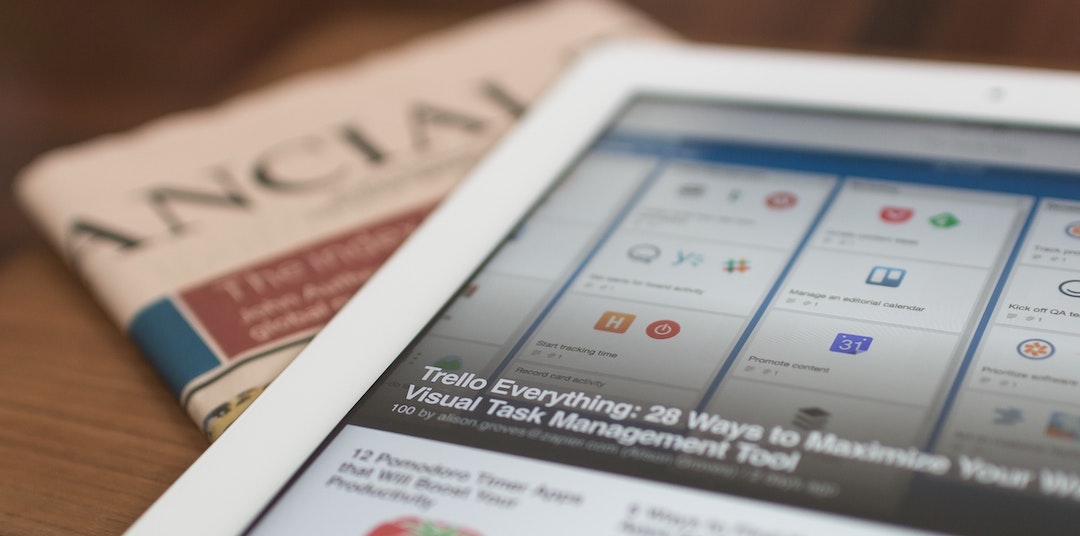What Was Announced?
Facebook made three recent announcements (Nov. 3), including:
- Find Deals — Lets retailers offer rewards to Facebook users.
- Location Information via Places — Facebook’s answer to Foursquare is a check-in feature that lets users announce their location as a status update and tag friends. (One big difference from Foursquare is that Facebook has about 800 times the number of users as Foursquare, and so a brand’s deal will reach many more eyeballs via Facebook’s Places).
- Single Sign-On — Lets developers use Facebook credentials to authenticate users, making it easier to log in to other applications on your mobile phone. This is a sheer mobile ease-of-use feature.
What’s in It for Businesses?
Facebook’s new mobile functionality could make the world’s best-known social network into a much more attractive marketing tool for retail businesses, as the new features enable Facebook campaigns to move beyond brand-building, awareness and advocacy, and focus more on driving store traffic and sales.
Anyone who’s spoken with clients about using Facebook as a marketing tool knows that the first questions will likely be “How will it drive my sales? How will it deliver ROI”?
And rightfully so. There is a higher level of accountability in marketing that did not exist before. CMOs are demanding that ROI and Facebook must be held to the same ROI demands as any other media vehicle.
That Was Then. . .
But in the past, it has been a slippery slope to promise clients that Facebook campaigns would drive sales – as Facebook has functioned more as location for open online socializing and group conversation than as a business transaction-building device.
Even so, business use of Facebook has not gone without its benefits. Some brands have been able to build a huge connector base of loyalists by ensuring that their Facebook promotions require people to share an e-mail address and “like” the brand in order to get access to the promotion (i.e., register for a sweepstakes, download a coupon, etc.). Ketchum did exactly that in a recent contest promotion for a family vacation:
Einstein’s Bagels is currently conducting a sweepstakes vacation promotion:

And here is an example of a Facebook coupon download tab that Ketchum created recently for Libby’s that met with terrific success:

These campaigns are great if the client’s goal is to grow a connector base, to build the brand through engagement, or even to drive trial. But a single, stand-alone coupon offer can also be limited, if the client’s goal is sustained sales lift. That’s because Facebook, of course, is about ongoing conversations and relationships. Maybe that’s why redemption rates of Facebook coupons average at about 3%. So, if a brand is lucky enough to have 100,000 connectors, 3% is kind of a drop in the bucket in terms of sales lift resulting from the Facebook promotion.
Trouble is that the usual human habits apply where any coupon redemption is concerned. People get lost in performing the two to three steps needed to download the coupon: they have to remember that they have the coupon and have to actually bring it to the store. But making promotions accessible via a mobile device, and through a network as large as Facebook’s, may just make retailers’ dreams come true in turning that habitual tide.
This Is Now. . .
Facebook’s new mobile features will change the existing scenario in two ways:
- They deliver promotions directly to connectors when they are in the actual trade area of the retail store.
- They make it easy to redeem by allowing people to merely show their mobile screens to the cashier.
These updates will help Facebook campaigns be more transaction-driven in nature – which should in turn make them even more attractive to businesses as a part of the marketing mix. The more a brand makes deals (discounts, free offers, coupons, etc.) available through Facebook’s mobile app, the more that brand can snag store traffic from people who are in the trade area of specific stores. Facebook’s new Find Deals platform allows for a surgical form of customer targeting on a large scale – with 200 million people around the world now actively using Facebook from a phone (more than triple the number just one year ago, with twice the level of engagement as those who use Facebook from a desktop alone).
Just think of the possibilities of tailoring deals to local trade areas and to individuals – pointing eventually to true one-to-one marketing. The more brands use these new mobile features, and others, to collect, mine and aggregate customer data, the more they will be able to begin tailoring deals for their most valuable customers. Imagine: iDeals.
Some Transaction-driven Uses of the New Mobile Features:
- Combine Deals with Places – The scenario could go something like this: If you are looking to have dinner with a group of friends, you can now use Facebook Places to review who among your friends has checked in to a location close to your own and you can invite them all to take advantage of a deal at a restaurant two blocks away. The result for the brand offering the deal is that your traffic (and sales) just multiplied by making the deal a mobile one via Facebook. The post on Facebook’s blog lists the more than 20 retailers that are already planning deals in the coming weeks for U.S. places.
- Combine Deals with Groups – Facebook’s “Groups” already allows people to have a separate conversation, or share information, with select people from their friend base. Having that group collected in one place and gathered around a common interest allows a brand to create deals that could be easily shared between one individual and the group in session. As a brand learns the profile and preferences of its connectors (and “Groups” of connectors), it can tailor deals to those preferences and push them eventually to targeted Groups.
- Use Check-in Patterns to Create Deals – Brands may wonder what kind of deal is going to perform best in the mobile space – given that the historical data and any testing cycles are so young. But Facebook’s new check-in can help deliver more information to the brand about a person’s preferences (timing, location, frequency, etc.), and thereby allow the brand to create more effective mobile deals.
- Loyalty – Just as with Foursquare, brands can choose to reward loyal customers who check in more often, and could provide bounce-back incentives.
Overall, Facebook’s new features validate the growing importance and value of mobile for marketing and communications – especially as consumers continue desiring to curate their mobile, social and local lives. The future belongs to brands that create mobile apps to make it easy for people to do their online shopping on the go. Facebook’s head of mobile, Eric Tseng, said it best in the Nov. 3 announcement: “Life happens in real time.”


